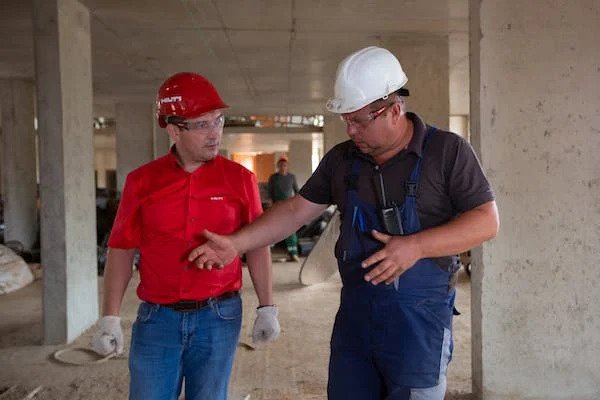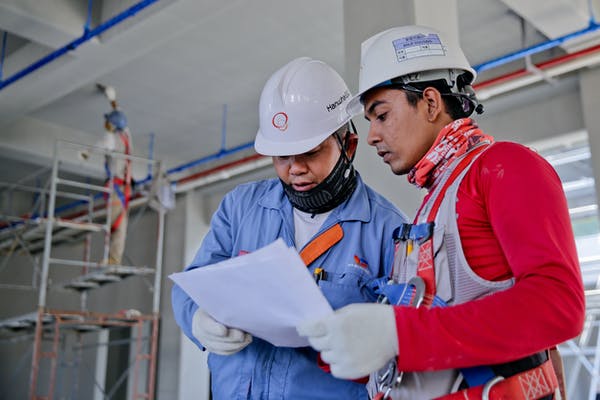The construction industry is poised for significant growth in 2023, as the world emerges from the COVID-19 pandemic. While the pandemic has disrupted the industry in multiple ways, it has also accelerated changes that were already underway. Technological innovations, changes in regulations, and a focus on sustainability are just a few of the key trends that may transform the construction industry in 2023.
Increased adoption of prefabrication and modular construction

Prefabrication and modular construction are processes that involve building parts of a structure off-site and then transporting them to the construction site for final assembly. These methods offer several benefits over traditional construction, including faster project completion times, improved quality control, and reduced waste. Because the building components are manufactured in a controlled environment, they can be produced more quickly and with higher quality than traditional construction methods. Additionally, prefabrication and modular construction generate less waste, as materials can be recycled and reused in the manufacturing process.
Integration of technology
Technology is transforming the construction industry, and we can expect to see more of it in 2023. Drones, virtual reality, and 3D printing are just a few examples of the many technologies that are being used to improve efficiency, safety, and accuracy on construction sites. For example, drones can be used for surveying and inspecting job sites, while virtual reality can be used to design and visualize structures. 3D printing allows for the creation of complex structures with greater precision and accuracy.
Increased focus on safety

Safety has always been a top priority in the construction industry, but the COVID-19 pandemic has brought it into even sharper focus. In 2023, we can expect to see increased emphasis on worker safety, both in terms of preventing the spread of infectious diseases and reducing the risk of accidents on job sites. This may involve the use of technology like wearable sensors that can monitor worker movements and detect potential safety hazards. For example, sensors can alert workers if they are too close to a piece of heavy machinery or if they are working in a dangerous area. Additionally, construction companies may implement new safety protocols and training programs to help workers stay safe on the job.
Emphasis on sustainability and green building
Sustainability has become a major trend in the construction industry in recent years, and it is likely to become even more important in 2023. With increasing awareness of climate change and its impact on the environment, more construction companies are looking for ways to reduce their carbon footprint and promote sustainable practices. This may involve using eco-friendly materials like sustainable wood or recycled steel, designing buildings with energy efficiency in mind, or incorporating renewable energy sources like solar panels. Still, if you want to make the most of this idea, you need to find a reliable supplier, like a respectable stainless steel manufacturing company that is going to give you all the steel you need and insist on its quality.
Expansion of the global construction market

The global construction market is expected to grow significantly in 2023, with Asia and the Middle East leading the way. This growth is being driven by factors like increasing urbanization, population growth, and rising incomes in emerging markets. As a result, we can expect to see more construction companies expanding into these regions, creating new opportunities for businesses and job seekers alike. However, companies that want to succeed in these markets will need to be aware of cultural and regulatory differences and adapt their strategies accordingly.
Changing regulations and standards
Finally, we can expect to see changes in regulations and standards that will impact the construction industry in 2023. Governments around the world are increasingly focused on promoting sustainable practices, and this is likely to result in new regulations and standards that construction companies will need to comply with. For example, governments may introduce new requirements for building materials, energy efficiency, and waste reduction. Additionally, there may be new regulations related to worker safety, particularly in light of the COVID-19 pandemic. These changing regulations and standards may require construction companies to invest in new technology, training programs, and materials to remain competitive.
The construction industry is poised for significant changes in 2023, so construction companies will need to stay abreast of these trends to remain competitive. By embracing these changes, construction companies can position themselves for success in the years ahead.

